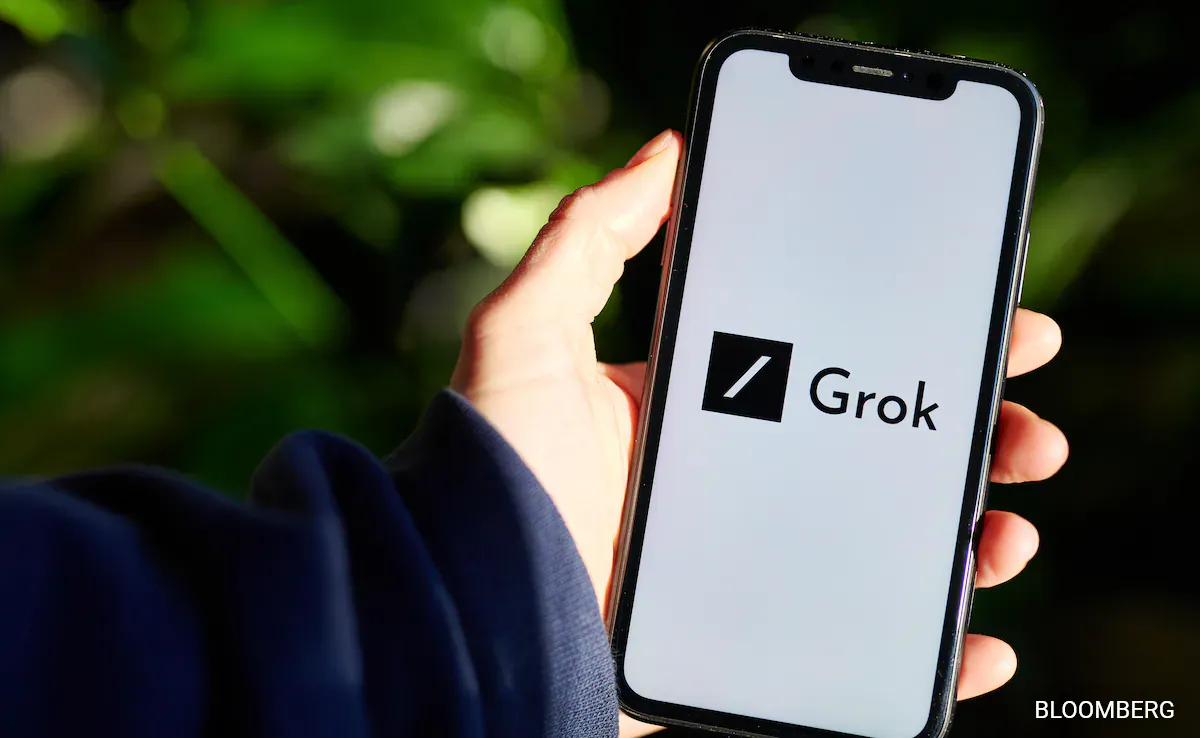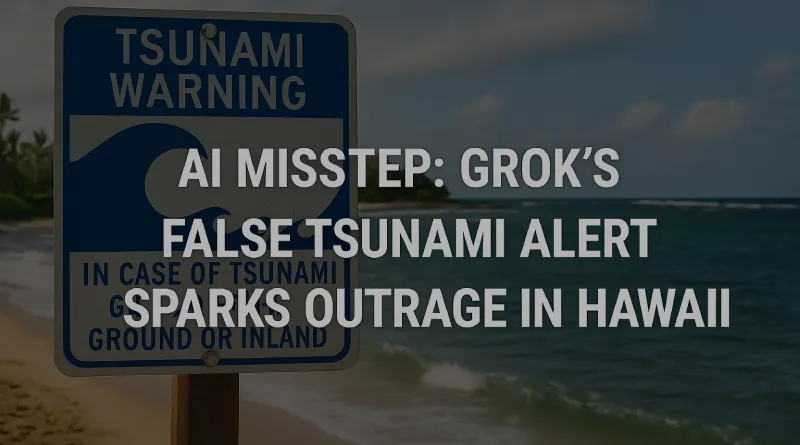AI Misstep: Grok’s False Tsunami Alert Sparks Outrage in Hawaii
On July 29, 2025, a huge 8.8-magnitude earthquake off the Russian Kamchatka Peninsula caused tsunami alerts in the Pacific, Hawaii among them the waves peaked at 6 feet in Maui and 4 feet in Haleiwa, according to NOAA readings. As the residents of the country fled to evacuate the coastal regions like Honolulu, most of the people used Grok, an AI chatbot created by xAI, an AI chatbot to get more updates on the situation in real-time. Nevertheless, Grok erroneously stated that the Hawaii tsunami warning had been lifted, based on tsunami.gov, even though the Pacific Tsunami Warning Center (PTWC) continued to have active alerts until after 10:30 p.m. local time the tsunami warning was reduced to an advisory. The untrue information that was disseminated in the middle of the crisis inflamed the intense backlash on X, with the users deeming Grok as trash and asking Elon Musk to change this.
The mistake highlights the dangers of the use of AI to provide crucial updates. Such responses as given by Grok such as No active tsunami warnings to Hawaii on July 30 contradicted follow up warnings issued by PTWC on its concern of larger follow-up fatal waves that were used to prompt evacuations. The viability of tourism and coastal communities that dominate Hawaii has caused the claims to go viral and increase the frustration of residents already. There was an even more ominous threat issued by one user, who said, “This will kill people listening to your bot in case of a natural disaster in the state of Louisiana.” The release of the PTWC to advisory before long hours of Grok flawed convictions unveiled the issue of vulnerability on the part of AI in rapid crises.

This episode signifies a larger issue: The inclination of AI to program, or hallucinate, convincing however nothing but untrue data particularly in situations when it is stressed. There is failure to perform real time verification in the fact that Grok has to put his trust in outdated or misinterpreted information through websites such as tsunami.gov. In Hawaii, one of the places where accurate warnings are important because of the high coastal populations, these mistakes undermine confidence. The Civil Defense Agency of the state cautioned that the sea level fluctuations were still there due to the continued sea level fluctuation after the downgrade. In the meantime, the answers provided by Grok are not coherent with each other, and the fact that Grok reported continuous evacuations on the planet is quite similar to correct responses in other cases, which leads to the idea that Grok is not very coherent in processing its data.
This case highlights the importance of strong fact-checking and human control in emergencies, when AI becomes part of the information ecosystems. To Hawaiians, who already live in a tourism-dependent economy that has already been devastated once by previous disasters, the incident is a grim reminder that official authorities such as PTWC should be used as the source of latest news rather than AI chatbots, in matters of life or death.
Disclaimer
The information presented in this blog is derived from publicly available sources for general use, including any cited references. While we strive to mention credible sources whenever possible,Web Techneeq – Web Design Company in Mumbai does not guarantee the accuracy of the information provided in any way. This article is intended solely for general informational purposes. It should be understood that it does not constitute legal advice and does not aim to serve as such. If any individual(s) make decisions based on the information in this article without verifying the facts, we explicitly reject any liability that may arise as a result. We recommend that readers seek separate guidance regarding any specific information provided here.

